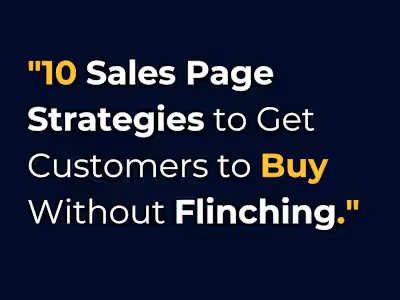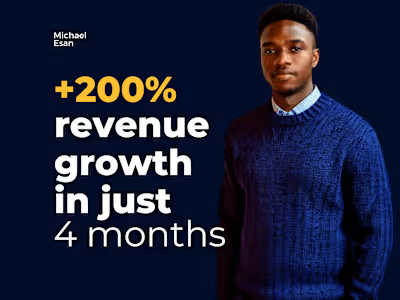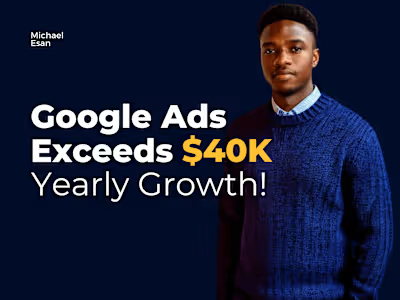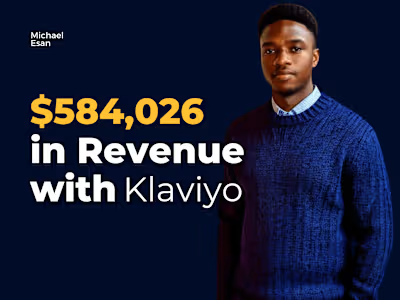Ad Management & Campaigns (Facebook | Google-YouTube).
Facebook Ads
Ad Campaign Structure
When setting up Facebook ad campaigns, one of the first questions to address is: How many ad sets should you include?
Meta recommends consolidating campaigns into just one ad set. Here’s why:
Data Consolidation: A single ad set allows for faster learning because the campaign’s entire budget is focused on one audience.
Avoiding Fragmentation: Splitting your budget across multiple ad sets (e.g., $100 divided into four ad sets) slows the machine learning process.
Efficient Bidding: When multiple ad sets from the same advertiser compete in the same auction, it increases CPM (Cost Per Mille) and decreases delivery efficiency.
Why One Ad Set Works Best
With Meta’s advanced targeting options like Advantage+ audiences and open targeting, the need for multiple ad sets has diminished. These tools allow Facebook’s algorithm to do the heavy lifting, identifying the best-performing audiences without splitting the data.
For campaigns promoting different products or offers, separate campaigns (not just ad sets) are recommended to prevent overlap and ensure clarity in performance metrics.
Testing New Creative
To test new ad creatives:
Use separate campaigns dedicated to testing.
Avoid adding new creatives to existing campaigns where high-performing ads may dominate the budget, leaving new ads without sufficient exposure.
A dedicated testing campaign ensures every new creative gets a fair chance to prove its performance.
Google Ads (YouTube)
The Evolution of YouTube Ads
YouTube advertising has changed significantly. Traditional targeting options like keywords are now complemented by powerful tools like custom audiences. This shift allows advertisers to target users based on:
Custom Google Audiences: Target people based on their Google and YouTube search behavior.
Custom URL Audiences: Reach users who visit specific websites or similar URLs.
Setting Up Effective YouTube Ads
1. Audience Research
Before running ads, understand your audience:
Identify Pain Points: What are they searching for? What challenges are they trying to solve?
Create Relevant Search Terms: Brainstorm 5-10 search phrases relevant to your industry (e.g., “quick weight loss tips” for a weight loss course).
2. Leveraging Custom Google Audiences
Build an audience based on search terms that align with your offering.
For example: If someone searches “diet plans for weight loss” on Google, your ad can appear when they browse YouTube.
3. Using Custom URL Audiences
Identify URLs your target audience visits to solve their pain points.
Example: A weight loss audience might visit popular diet or workout plan websites. Use these URLs to create custom audiences for your ads.
Why This Approach Works
Precision Targeting: You reach people actively seeking solutions in your niche.
Relevance: Ads are shown at the right time and place, increasing the likelihood of engagement.
Next Steps
With your audience research completed, set up your campaign in the Google Ads dashboard:
Create custom audiences based on search terms and URLs.
Craft compelling video ads that address the audience’s pain points.
Monitor performance metrics like CTR (Click-Through Rate) and conversion rates to optimize your campaigns.
By focusing on audience behavior and leveraging advanced targeting, you’ll create YouTube ads that drive results.
Like this project
Posted Nov 17, 2024
How this Strategic Ad Campaign Structure reduces Cost Per Acquisition & increases Click-Through Rates.
Likes
0
Views
8







